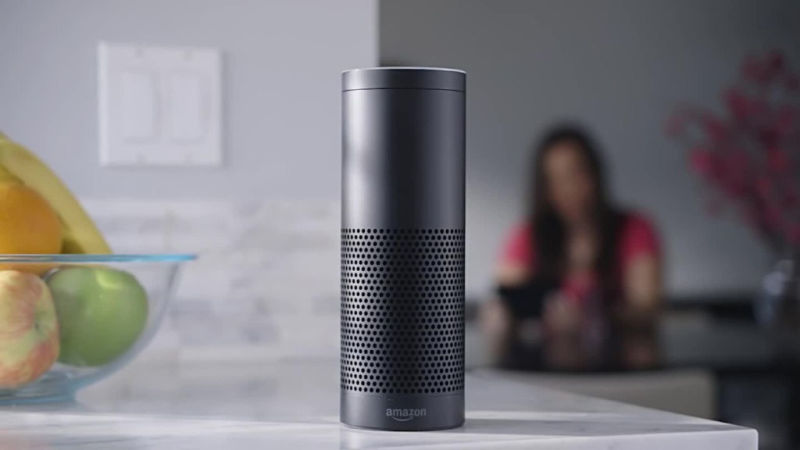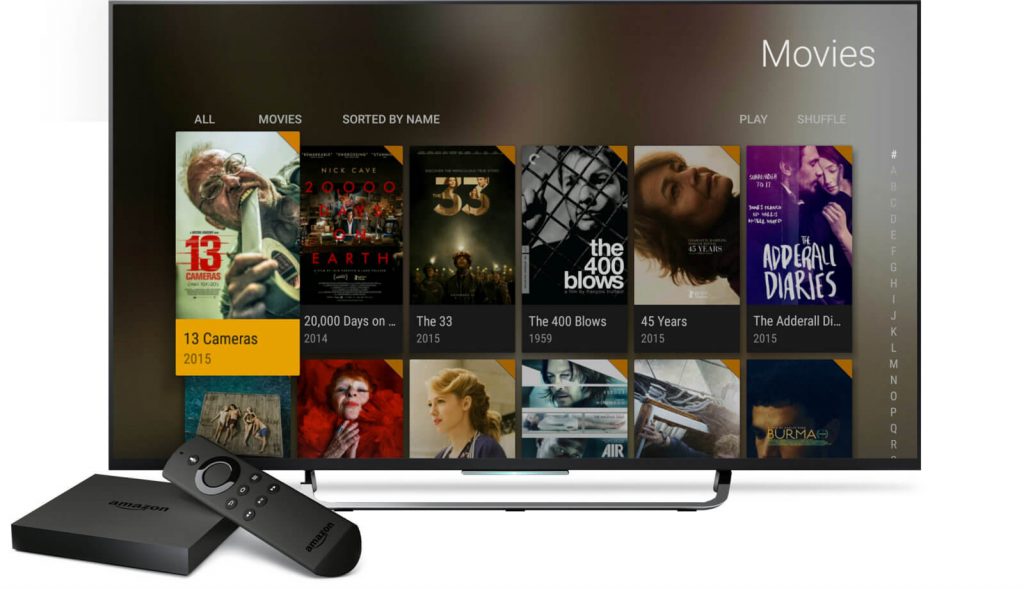Amazon devices are quickly becoming staples in every home around, but the company hasn’t done everything right. Back in 2014, Amazon released the Fire Phone, an ambitious smartphone that was little short of a sales disaster. Amazon has never confirmed how many Fire Phones it sold, but considering that Amazon took a $170 million tax write-down in October of that year, it’s not hard to assume that the device was a miserable failure.
Even while the Fire Phone did not work, it did lead to something good. Apparently, the process and team that built the Fire phone did eventually lead to the impressive hardware ecosystem we see today.
Sandeep Gupta, Amazon’s VP of Smart TV & Home, said, “Building the phone was sort of a trial by fire. It was a very intense product, and we learned so much. And the teams we built from the Fire Phone have helped seed a lot of the other teams. You’ll see people on the Echo team, the TV team, the tablet team who got their start on the phone team.”

During the design of the Fire Phone, Amazon’s teams had to learn and achieve a lot. The Fire Phone wasn’t Amazon’s first hardware project; a handful of Kindles came before, not to mention a few Fire tablets and Fire TV set-top boxes. But the Phone presented fresh technical challenges with which Amazon had to contend.
“The phone is, without a doubt, one of the hardest-working hardware products you can build,” Gupta said. “They’re very compact. You’ve got antennas, you’ve got an ecosystem, you’ve got an app store, you’ve got content services, you’ve got the whole kit and caboodle.”
The Fire Phone was designed to be more complex than competitive smartphones from the start. Four front-facing sensors tried to track the motion of users’ heads, so some of the images that appeared onscreen would move with them. And since the Fire Phone was intended to be a kind of concierge for Amazon’s massive online store, we got Firefly, a feature that allowed people to scan everyday objects around them for identification and eventual purchase.

During the design, Amazon was forced to figure out the intricacies of small-scale hardware design, not to mention more efficient ways to work with chipset vendors and manufacturers. Amazon also had other hurdles to jump over including marketing the device, engineering the device and distinguishing itself among competitors. All of these were enough to prepare Amazon to do better things in the future.
If Amazon had learned those lessons sooner, the Fire Phone might not have turned out the way it did. Still, even though it suffered in the marketplace, the Fire Phone itself wasn’t a bad device. The hardware was expensive but functional. The software was overly ambitious, but it was impressive when it worked. Amazon decided not to use its refined understanding of the development process to build another phone, but Amazon is positive that the Fire Phone lead to the hugely successful Echo and the Fire TV.
Comment on this article and other GadgetGram content by visiting our Facebook page, or our Twitter and Instagram feeds.





